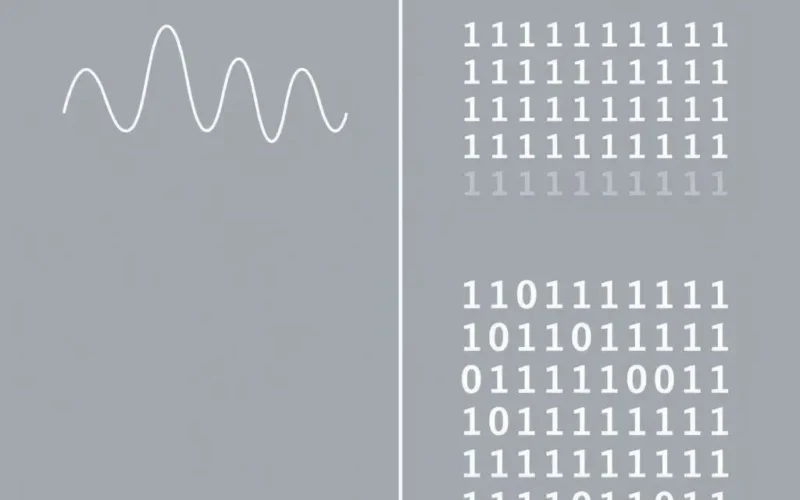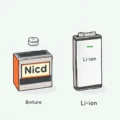Walk into any electronics store, and you’ll see them: rows and rows of sleek, often ridiculously expensive HDMI cables promising ‘ultimate performance’ and ‘superior picture quality.’ It’s easy to fall into the trap of thinking that spending a small fortune on a fancy-looking cable is essential for getting the best possible image from your TV or monitor. But is that really true? Are premium HDMI cables always vastly superior?
Let’s cut straight to the chase and bust this widespread myth right now. For the vast majority of everyday setups, that expensive cable is likely doing the exact same job as a standard, certified one.
Table of Contents
Why Digital Signals Change Everything
To understand why the myth persists and why it’s mostly untrue, you need to grasp a fundamental concept: how modern cables like HDMI transmit information. Unlike old analog cables (remember the fuzzy picture you’d get from a loose connection on a composite video cable?), HDMI deals with digital signals. Think of it as sending pure data – strings of zeros and ones.
This digital transmission is fundamentally different. With analog, signal quality could degrade gradually over distance or due to interference, resulting in a progressively worse picture (fuzzier, color shifts, static). Digital doesn’t work that way. The data either arrives correctly, or it doesn’t. If a cable is capable of transmitting the digital signal required for your resolution and refresh rate, it will deliver the data perfectly, pixel for pixel, exactly as it left the source device.
Imagine sending an email. If the internet connection is good, the email arrives exactly as you sent it. A ‘better’ internet cable won’t make the words in the email sharper or the attached images clearer; it just ensures the data package gets there correctly. An HDMI cable functions similarly. It’s a pipeline for data.
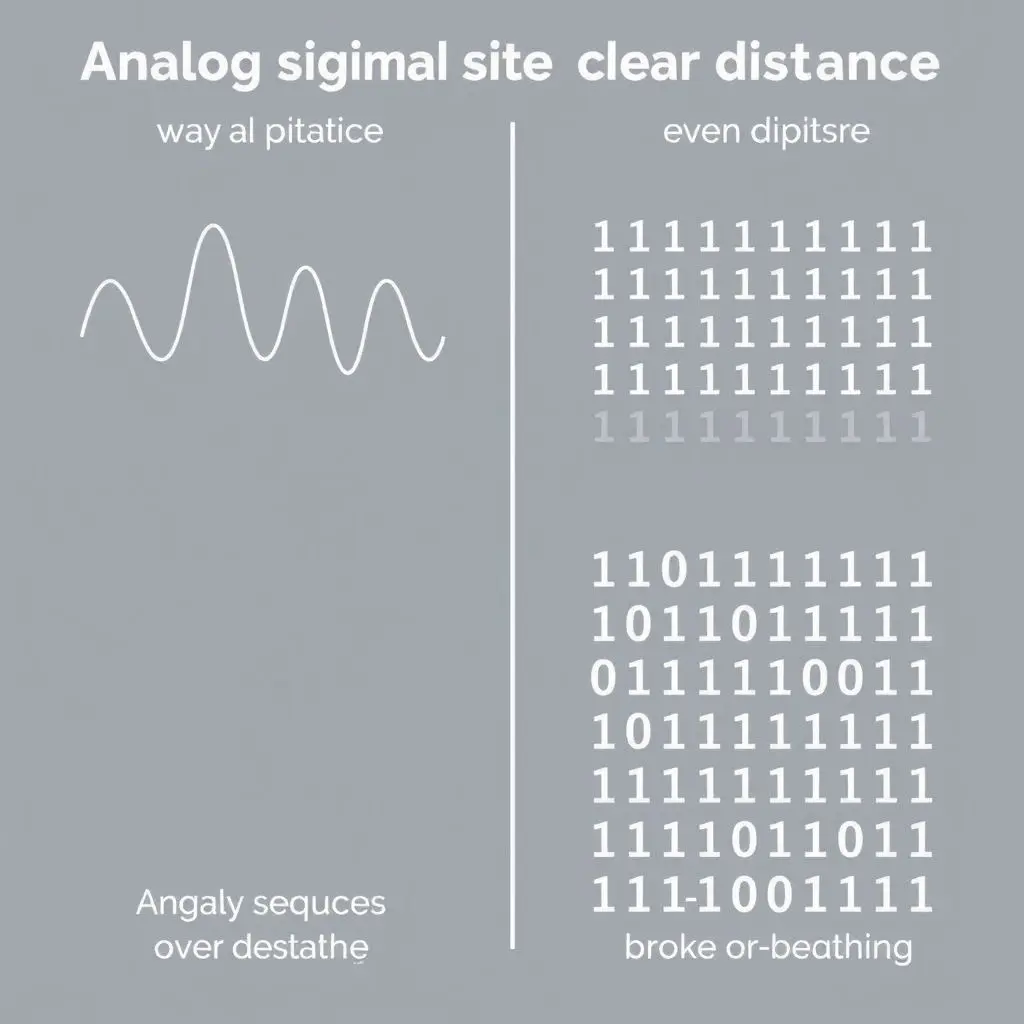
It Either Works, Or It Doesn’t (Mostly)
This brings us to the core principle: for typical lengths and bandwidths, if an HDMI cable meets the necessary specifications for the data you’re sending (like 4K resolution at 60Hz refresh rate), it will transmit that data losslessly. A more expensive cable won’t suddenly invent missing pixels or improve the color depth encoded in the digital signal. It transmits the exact same zeros and ones.
Think of it like a simple light switch. It’s either on or off. There’s no ‘slightly more on’ from a fancier switch. Similarly, a digital signal is received correctly (‘on’) or it’s not (‘off’). If the cable fails to transmit the data correctly (often due to being too long for its quality, damage, or not meeting the required standard), you don’t get a slightly worse picture; you get sparkles, dropouts, or no picture at all.
Here’s a quick take on this topic from our YouTube Shorts:
Understanding HDMI Standards and Certification
What *does* matter is whether the cable supports the features, resolution, and refresh rate you need. This is defined by HDMI standards and certification.
- HDMI 1.4: Sufficient for 1080p, 4K at 30Hz.
- HDMI 2.0 (or 2.0b): Supports 4K at 60Hz, HDR.
- HDMI 2.1: Required for 4K at 120Hz, 8K at 60Hz, Variable Refresh Rate (VRR), Auto Low Latency Mode (ALLM), enhanced audio formats.
Buying a cable that is *certified* for the standard you need is crucial. Look for official certifications like “Premium High Speed HDMI Cable” (for reliable 4K 60Hz + HDR) or “Ultra High Speed HDMI Cable” (for HDMI 2.1 features). These certifications mean the cables have been tested to ensure they can handle the required bandwidth and data integrity.

A cheap, uncertified cable might claim to support 4K, but fail to do so reliably over a certain length. A certified cable, regardless of price, is guaranteed to meet the performance standard it’s certified for, over typical lengths.
When Premium *Might* Make Sense (The Exceptions)
While the ‘vast superiority’ myth is busted for everyday use, there are specific scenarios where paying more or choosing a particular *type* of cable is necessary:
1. Very Long Cable Runs: HDMI signals can degrade over distance. For runs significantly longer than 15-20 meters, a standard passive copper cable may struggle to maintain signal integrity for high bandwidth signals (like 4K). In these cases, you might need:
- Active Optical Cables (AOC): These use fiber optics to transmit data, converting the electrical signal at each end. They can reliably carry high bandwidth over very long distances (50+ meters) without external power for many applications. They are significantly more expensive but solve distance problems.
- Active Copper Cables: These have chipsets built into the connectors to boost the signal. They can extend reliable distance but are typically not as long-range as AOCs.
2. Extremely High Bandwidth Needs: Pushing the limits of HDMI 2.1, like 8K resolution at high refresh rates (e.g., 8K@120Hz), requires massive bandwidth. Only certified Ultra High Speed cables are designed and tested to handle this. An uncertified cable, even a seemingly ‘premium’ one, might fail.
3. Durability and Build Quality: While not affecting signal quality for typical use, more expensive cables often have better build quality, more robust connectors, and tougher shielding. If a cable will be frequently plugged/unplugged or run through walls, better physical construction can be a worthwhile investment for longevity and ease of installation, *not* for picture quality itself.
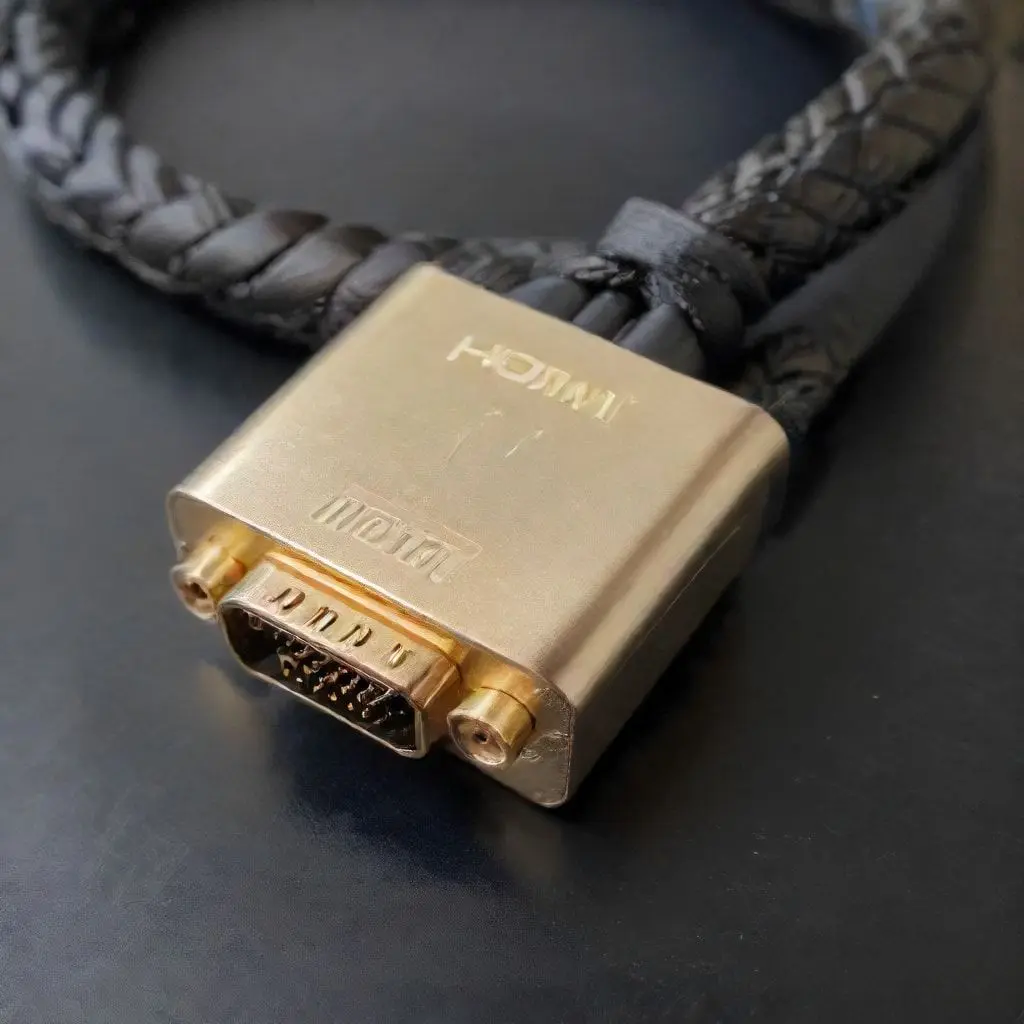
What Are You Really Paying For? Marketing, Materials, and Markup
So, if picture quality isn’t inherently better for typical runs, what accounts for the huge price difference? Mostly, it’s:
- Marketing Hype: Flowery language promising ‘perfect signal transfer’ or ‘vivid colors’ are just marketing terms. As we’ve seen, a certified cable already does this.
- Expensive Materials/Design: Gold-plated connectors (minimal to no benefit for digital), fancy braided sleeves, oversized shielding, and chunky connector housings add to the cost but don’t improve the digital data transmission for standard runs. They might feel more premium, but it’s aesthetic or marginal durability, not performance.
- Brand Markup: Established audio-visual brands often charge a premium simply for their name.
You’re often paying for the perception of quality rather than actual, measurable performance improvements for typical home theater or gaming setups.
Practical Advice: How to Choose Your Cable Wisely
Don’t get ripped off! Here’s how to select an HDMI cable without overspending:
- Check Your Devices: What is the maximum resolution, refresh rate, and HDMI standard your source (Blu-ray player, console, PC) and display (TV, monitor, projector) support?
- Determine Your Needs: Are you doing standard 1080p? 4K at 60Hz? Or are you pushing 4K 120Hz or 8K?
- Look for Certification: Buy a cable that is officially certified for the standard you need (e.g., Premium High Speed or Ultra High Speed). These certifications are usually clearly marked on the packaging or cable itself.
- Consider Length: For typical runs (under 5-10 meters), almost any certified cable will work perfectly. For longer runs (15m+), investigate active copper or active optical cables if you need high bandwidth.
- Ignore the Bling: Don’t be swayed by shiny connectors or thick braiding unless durability is your absolute primary concern and budget is unlimited. Focus on the certification and stated standard support.
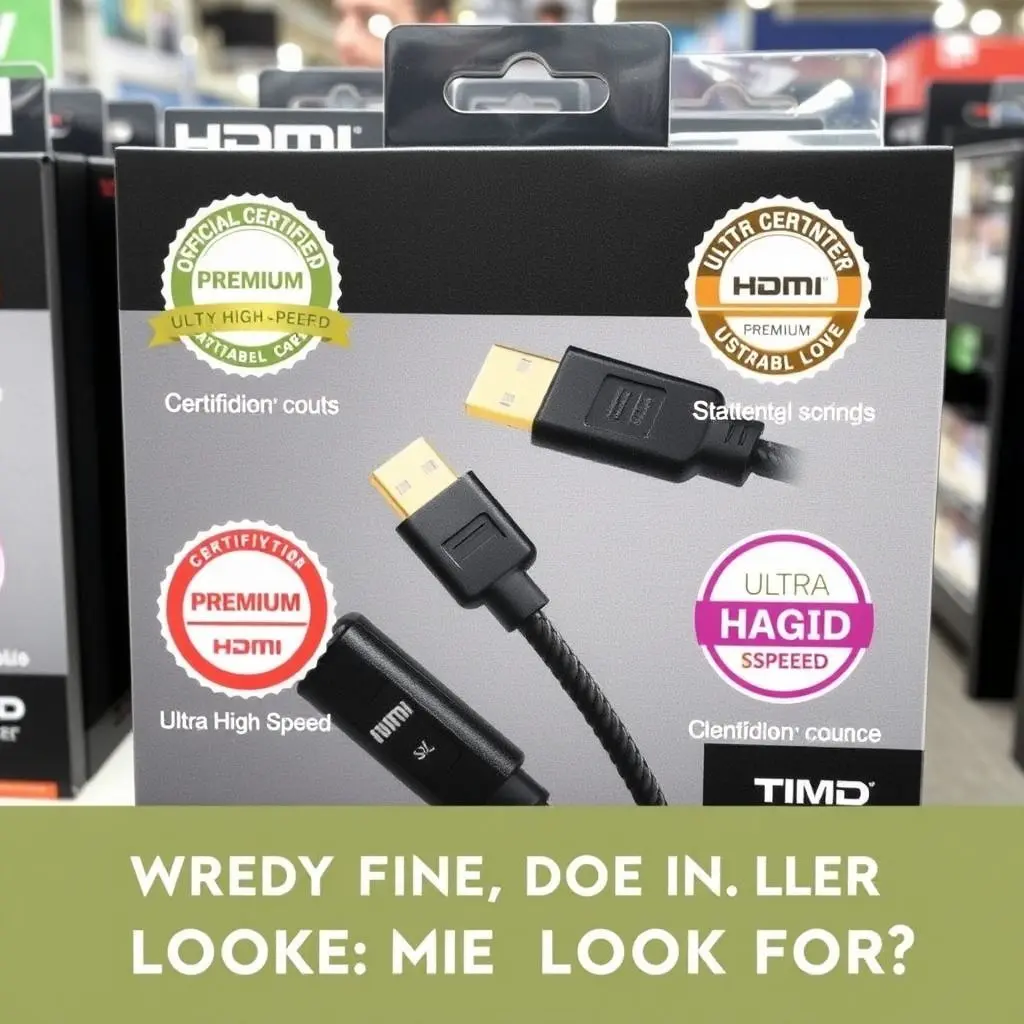
For the vast majority of connections in a typical living room or office, a reasonably priced, *certified* cable is all you need. Save your money for more impactful upgrades, like better speakers or streaming service subscriptions!
Frequently Asked Questions
Q: Can a bad HDMI cable damage my equipment?
A: Extremely unlikely. A faulty cable will typically just result in no signal, a flickering signal, or corrupted data (sparkles), but won’t send harmful voltages to your devices.
Q: Is there any difference between a cheap and expensive certified cable of the same standard?
A: In terms of the digital signal transmitted over typical lengths, no. The difference lies in physical construction, durability, flexibility, and aesthetics. A more expensive cable *might* feel sturdier, but the 0s and 1s are the same.
Q: Do gold-plated connectors make a difference?
A: Gold is resistant to corrosion, which can theoretically help maintain a good connection over many years, especially in humid environments. However, for typical home use with occasional plugging/unplugging, the difference compared to standard connectors is negligible in terms of signal quality.
Q: My expensive cable seems to give a better picture than my old cheap one. Why?
A: This is likely due to one of two reasons: 1) Your old ‘cheap’ cable wasn’t certified or wasn’t meeting the standard required by your new equipment (e.g., trying to push 4K@60Hz over a cable only reliably rated for 1080p), causing errors or dropouts that the new cable handles correctly. The ‘better’ picture isn’t an *improvement* beyond the source, but rather the correct delivery of the source signal. 2) Placebo effect. If both cables meet the necessary standard, they deliver the same digital data.
Q: Do different brands of certified cables perform differently?
A: If they hold the *same* official certification (e.g., both are certified Ultra High Speed HDMI cables), they have met the same performance criteria set by the HDMI Forum. Any difference in performance for delivering the digital signal under the certified conditions should be non-existent. Differences would be in physical build.
Putting the Myth to Rest
Ultimately, the idea that you need to spend big bucks on HDMI cables for ‘vastly superior’ picture quality is largely a leftover from the analog era and fueled by clever marketing. For most people connecting devices in a standard home setup, a certified cable that meets the required HDMI standard is all you need to get the perfect digital signal from point A to point B. Don’t fall for the hype; spend your hard-earned money on components that actually impact your viewing experience!
